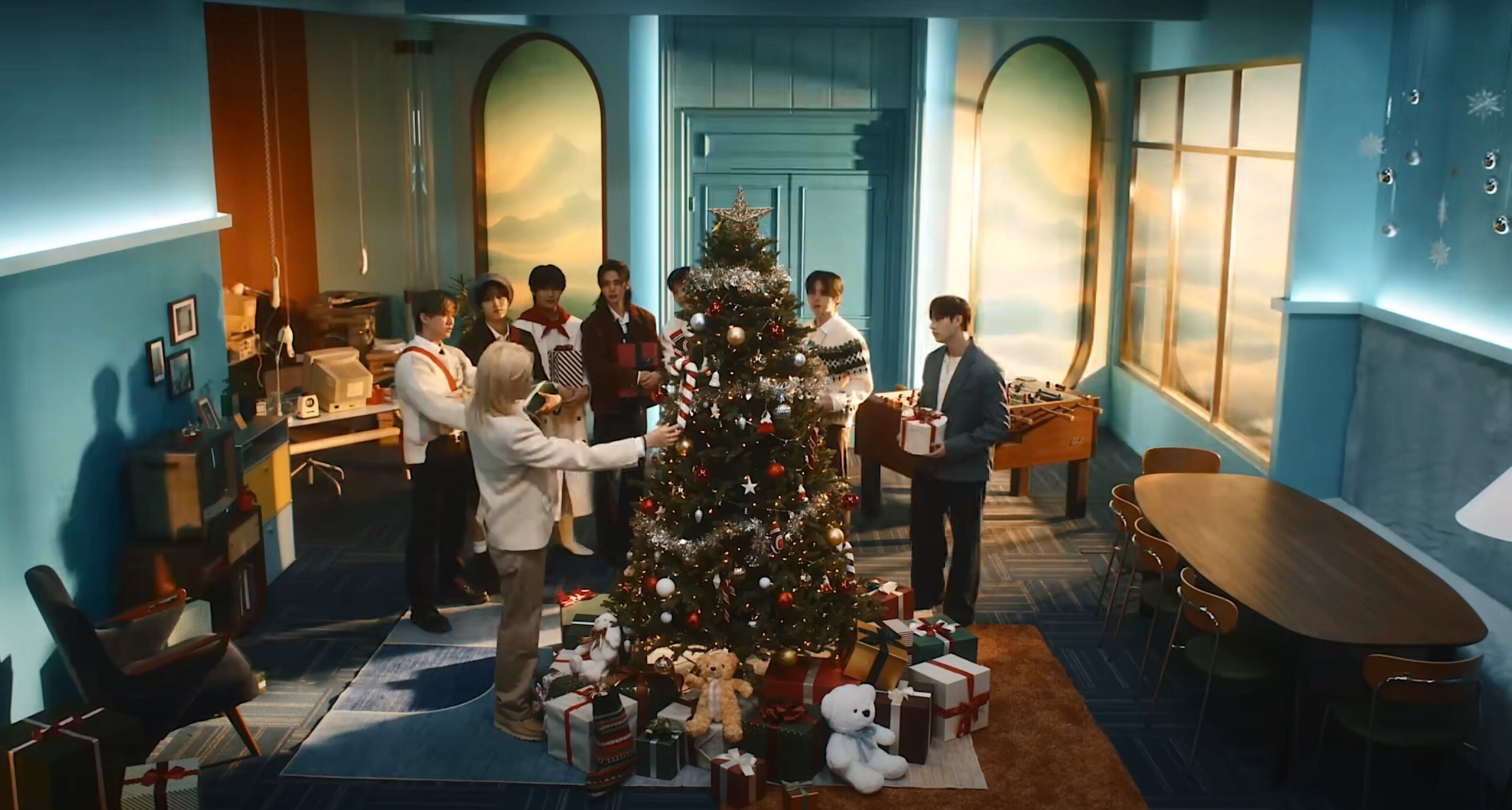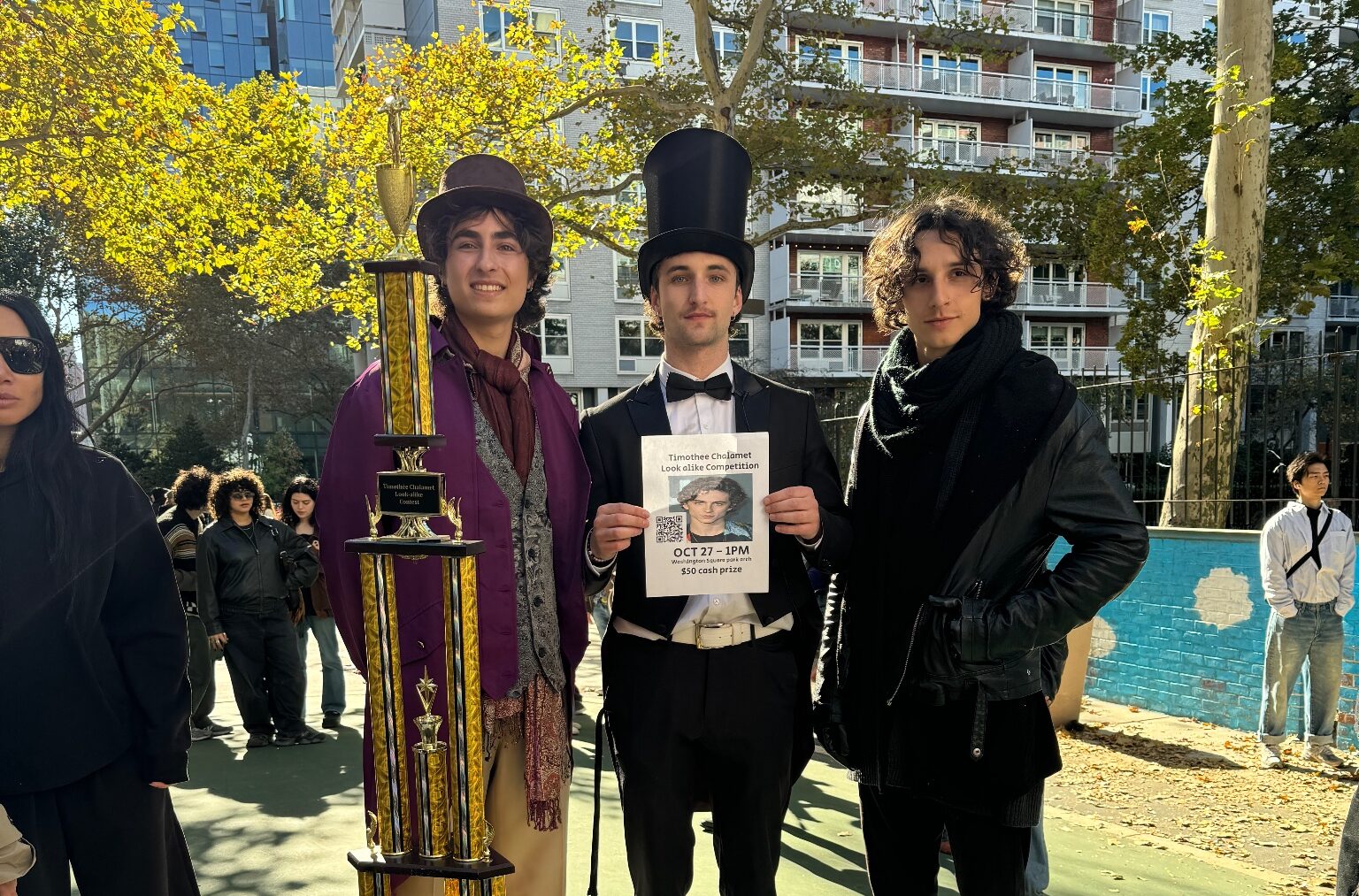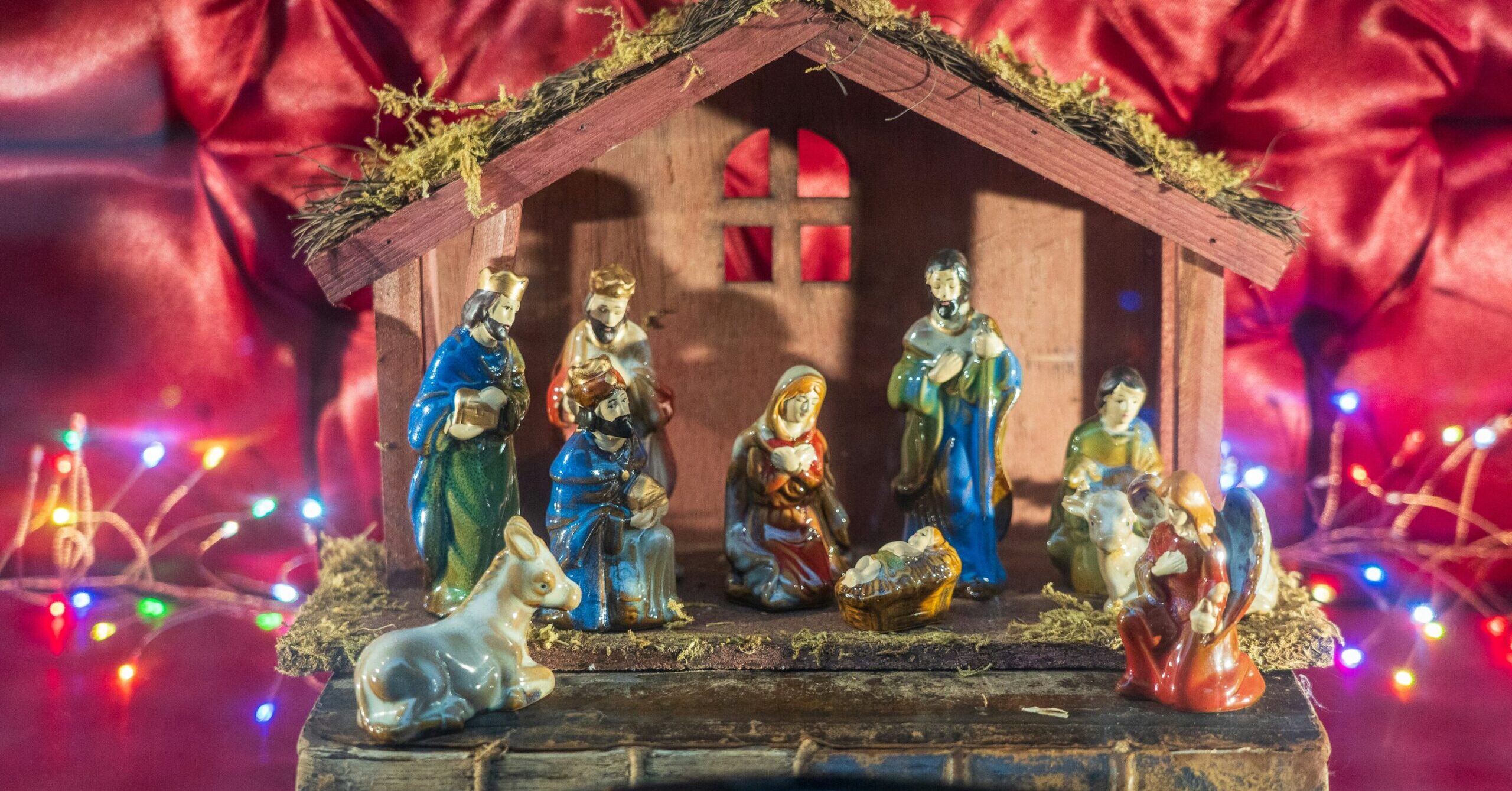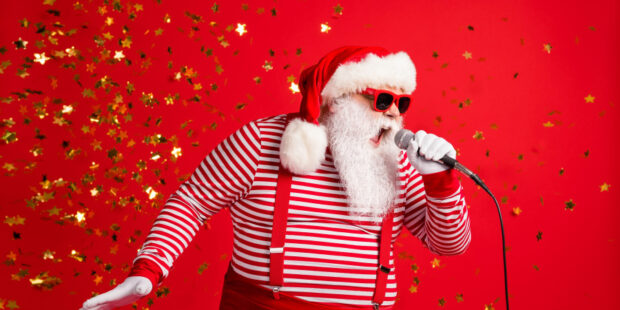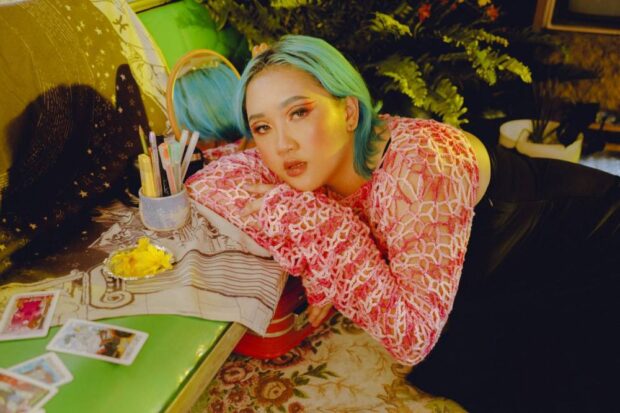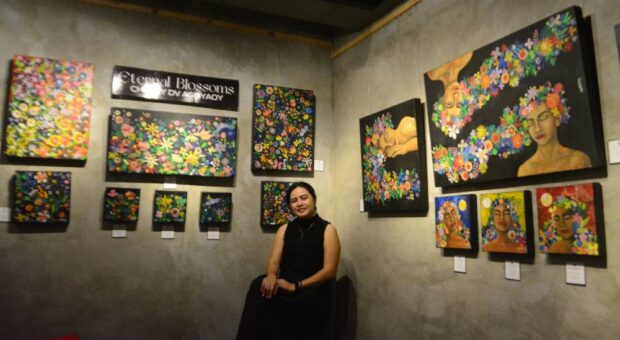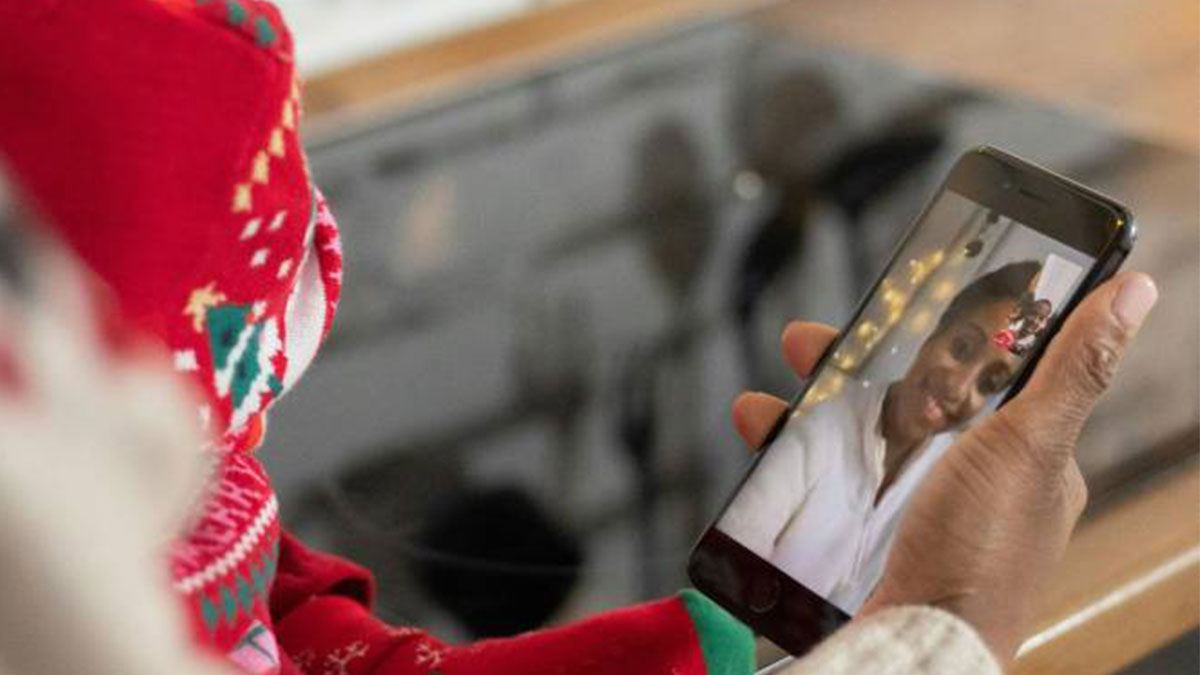Have you ever wondered if your baby can see you? Does he see you in all your lack-of-sleep glory, or does he see shadows and shapes? Though we anticipate the first step, the first laugh, and the first spoken word, the gift of sight is just as deliberate but no less miraculous.
Just like all other physical functions, the ability to see is a learned process. Your baby has to learn to focus, move the eyes efficiently, and even understand what he sees. Though he won’t know he is seeing a flower, his eyes still needs to send the message to his brain in order to comprehend the world around him and interact correctly.
From the moment he leaves the blur of amniotic fluid in the womb to the day he devours his storybooks, his eyesight is developing. As parents, we have the responsibility to watch for any vision problems as we engage our baby with age-appropriate activities like checking to see if their eyes follow our calculated slow movements while a few months old, to peek-a-boo games at a year old.
Let’s see how your baby’s eyesight progresses through the months of his first year of life.
Birth to 3 months
Your baby is nearsighted at birth. He doesn’t see much unless the object is eight to 12 inches away from his face. Lucky for you, he likes watching human faces, mom’s in particular, most probably because of the dark nostrils, eyebrows and pupils highlighted in a pale face. The next time you cradle your baby, watch his eyes track your face as you sway from side to side.
After human faces, babies like either black, gray and white shades until they move on to bright colors and distinct patterns. Why not hang a mobile or other reach-and-touch toys eight to 12 inches away from his face? They are visually appealing for him to look at.
3 to 6 months
This is the age where they start reaching for things they see because they are now pros at tracking movements and objects with their eyes.
Notice him swatting at the mobile above him? His hand-eye coordination is progressing, too. At this stage, they understand depth perception, that some objects are nearer or farther than the other. The world now becomes three-dimensional.
As you walk around his room, constantly chat with him and watch him track your movements with his eyes. Brightly-colored soft blocks, toys and books will come in useful to stimulate their visual development at this point.
6 to 9 months
This is the age where they are experts at putting random objects they see into their mouths. Because their ability to focus has greatly improved, they can also throw things with accuracy. They are beginning to pull themselves up and crawl. This also improves their eye-hand-body coordination.
Why not get down on the floor with your baby and crawl around with him? Put a toy a few inches away from him to encourage him to crawl to it.
9 to 12 months
Your baby’s eyes are almost as good as yours. He can differentiate red from blue, and delight in his reflection in the mirror. He also understands object permanence. Watch him hunt for a toy you hid behind your back after showing it to him. This helps in aiding his visual memory, too.
Experts advise to encourage crawling before rushing their child to walk. So continue to coax more floor time and crawling. You can even start naming objects you see to encourage word association.
As your baby reaches 1 to 2 years of age, his vision will continue to develop as his hand-eye coordination improves even further. Feed his curious nature and give him all kinds of books. He’ll be quite the explorer as he sees what a wonderful world he lives in! —CONTRIBUTED

